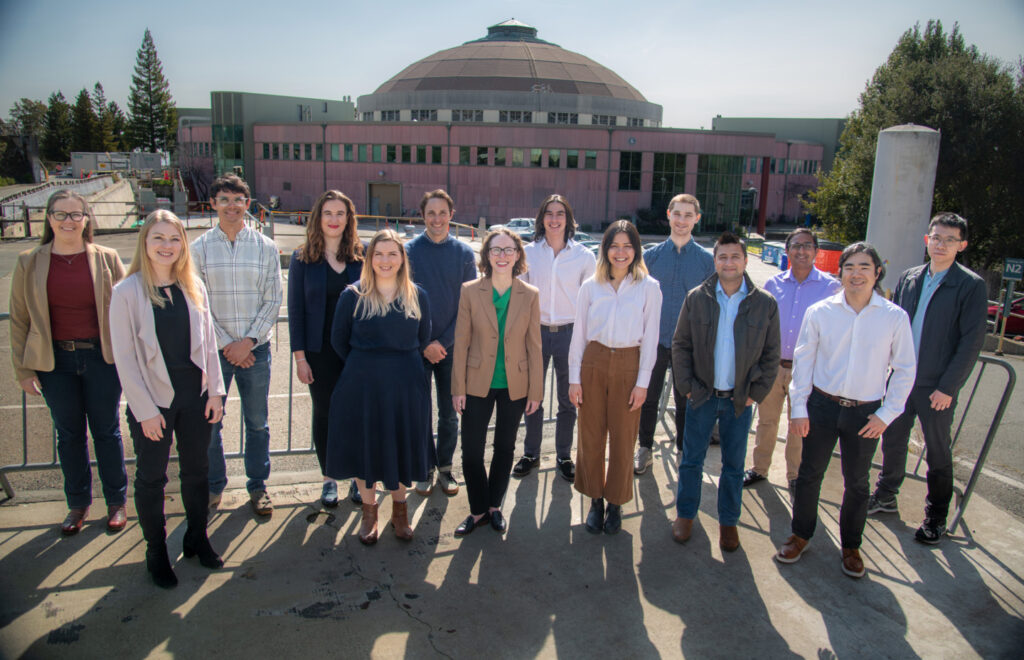This summary was adapted from an article written by Christina Nunez
Levels of planet-warming carbon dioxide in the air continue to rise. Cutting emissions by moving away from fossil fuels is a priority – but so is removing carbon that’s already been emitted. Of the many emerging technologies on the table, which ones will be most effective, and where? What about costs? What kinds of investments will have the most impact?
Scientists at the Department of Energy’s (DOE’s) Lawrence Berkeley National Laboratory (Berkeley Lab) are answering these kinds of questions with technoeconomic analysis, a data-driven way to predict the best routes to decarbonization.
“Berkeley Lab is building many clean energy technologies that could have an enormous impact on our path to a low carbon future. Technoeconomic analysis helps us to focus our research on those technologies that are most likely to be developed into successful and affordable products,” said Berkeley Lab Director Mike Witherell.
Technoeconomic analysis uses computer models to evaluate the cost implications and potential environmental impacts of emerging technologies. These models can build on initial research results for a technology and calculate the costs of scaling it up. This type of predictive analysis can be used to support decision-making by researchers, industry stakeholders, regulators, and policy-makers.
A combination of robust computing power and more sophisticated techniques have made technoeconomic analysis an increasingly powerful approach. Accordingly, Berkeley Lab’s team, centered in the Lab’s Energy Technologies Area with staff across the Earth & Environmental Sciences and Biosciences Areas, has expanded to include 20 scientists from a broad range of disciplines who work in partnership with teams across Berkeley Lab and with other institutions. The research often requires a blend of engineering design, process design and simulation, cash flow analysis, life-cycle assessment, and geospatial analysis.
“When technologies are so nascent and they are being commercialized rapidly, we are getting data from all directions,” said Corinne Scown, a Biosciences Area staff scientist and Vice President of the Life-Cycle, Economics and Agronomy Division (LEAD) at the Joint BioEnergy Institute (JBEI) and “So we have to get a handle on what the major drivers are for costs, energy balances, and emissions really quickly. That requires the kind of technological expertise and abilities that we’ve been building.”
Public-private partnerships are also an important way to strengthen technoeconomic analysis and help move technologies forward. “It works best if you’re able to partner with companies and make sure that you are incorporating some of their lessons learned back into the modeling,” Scown said.

TEA and the Biosciences Area
Biosciences Area researchers apply technoeconomic analysis to a variety of research topics, however, JBEI has an entire division, led by Scown, devoted to the discipline. The LEAD division partners with all of JBEI’s divisions to determine which research approaches might lead to technologies that can be competitive in industry.
Technoeconomic analysis helps in assembling a road map that spans the near- and long-term opportunities. The results can build a strong case for moving ahead with the “low hanging fruit,” Scown says, of solutions like biomass for carbon removal that are ready to deploy today. On the other end of the spectrum, technoeconomic analysis can play a central role in charting the path forward for early-stage technologies like those for direct air capture and hydrogen.
In the case of biofuels, a technoeconomic analysis could tell you the minimum price a particular biofuel would need to deliver a solid return on investment. Or it could predict how the cost and emissions impact would change at an ethanol biorefinery if the facility were also to make biogas from manure and food waste. The carbon intensity of bio-based products and fuels is the most critical metric for securing tax incentives, but requires careful life-cycle assessment and carbon accounting of supply chains and processes that can be highly spatially and temporally heterogeneous.
An infinitely recyclable plastic called poly(diketoenamine), or PDK was invented at Berkeley Lab’s Molecular Foundry a few years ago. Now researchers including Baishakhi Bose, a postdoctoral scholar at JBEI and the Biosciences Area, are conducting analyses to zero in on the most cost-effective versions of the material, as well as where the material might work best (mattresses and automotive parts are two candidates).
“With technoeconomic analysis, we can generate scenarios that can help us determine whether PDK compounds being explored in the lab would be cost-competitive with plastic compounds currently in the market,” Bose said. “The technoeconomic analysis studies are also helping us understand which stages of the PDK production process need improvement.”
Learn more about TEA research at the Berkeley Lab News Center




